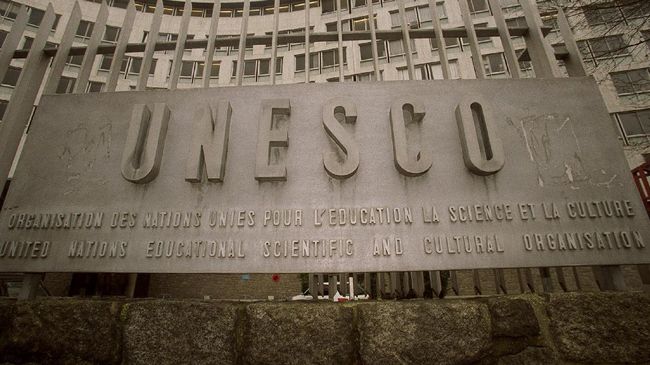Paris – UNESCO has officially inscribed 26 new sites onto its World Heritage List for 2025, announced during its 47th session held in Paris earlier this month. While the new entries reflect diverse cultural, natural, and historical significance from across the globe, no sites from Indonesia were included in this year’s selection.
The UNESCO World Heritage designation recognizes locations deemed to possess “outstanding value to humanity,” and seeks to protect both cultural landmarks and environmental treasures for future generations. The newly announced sites span countries including Germany, Malawi, India, Malaysia, and Vietnam—showcasing an expansive global outlook.
Among the highlighted additions is the Cultural Landscape of Mount Mulanje in Malawi, one of the world’s largest inselbergs. The site is revered by the Indigenous Yao, Mang’anja, and Lhomwe peoples, who maintain deep spiritual and ecological ties to the mountain through ritual practices that promote harmony between human life and nature.
Another standout is Germany’s royal castles of King Ludwig II—Neuschwanstein, Linderhof, Schachen, and Herrenchiemsee—whose Romantic-era architecture now joins the ranks of UNESCO cultural treasures. Originally private retreats for the enigmatic monarch, the palaces now serve as national museums, attracting millions annually.
Asia-Pacific’s New Entrants
While Indonesia was notably absent, several Southeast and East Asian countries celebrated new inscriptions. Malaysia’s FRIM Selangor Forest Research Institute was recognized for its contributions to conservation and botanical research. Vietnam’s Yen Tu–Vinh Nghiem–Con Son, Kiep Bac Monuments and Landscape Complex also made the list, further solidifying the region’s cultural visibility.
Other notable inclusions include:
- Tomb of the Xixia Emperors, China
- Minoan Palatial Centres, Greece
- Petroglyphs of Bangucheon, South Korea
- Shulgan-Tash Cave Paintings, Russia
- Route Wixárika to Wirikuta, Mexico
Cambodia also gained recognition with three genocide memorial sites, repurposed as spaces for peace and education, reflecting a powerful message of reconciliation.
No Indonesia This Year
Indonesia, home to renowned World Heritage Sites such as Borobudur Temple, Komodo National Park, and the Cultural Landscape of Bali, did not feature among this year’s additions. Despite recent efforts to nominate new areas—including regions around Lake Toba and Sangiran Early Man Site extensions—none have yet secured formal inscription.
UNESCO’s decisions are based on rigorous nomination processes, requiring extensive documentation, conservation plans, and multilateral support. While Indonesia remains an active participant in cultural preservation efforts, observers hope for stronger regional representation in future listings.
A Growing Global Map
With the latest additions, the number of UNESCO World Heritage Sites worldwide continues to grow—each representing a unique fragment of humanity’s collective identity.
For travelers, cultural enthusiasts, and heritage advocates, this updated list serves as both a guide and a reminder: there is still much to discover, learn from, and protect across the globe.







